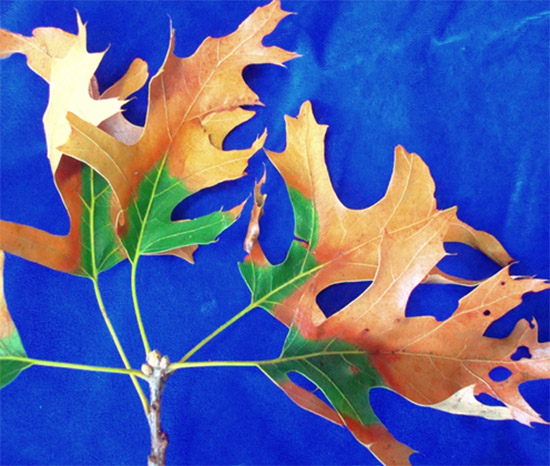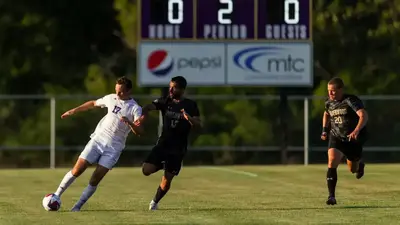City of Pittsfield issued the following announcement on Sept. 20.
Proper sampling of woody tissue for fungal vascular disease diagnosis can save you a lot of time (and money!) If you have a tree with a problem that you want diagnosed by the University of Illinois Plant Clinic, or another diagnostic clinic, there are the some things you should know before climbing up that ladder.
Observations: The first symptom you should check for on your tree is cankers. Cankers are usually seen as sunken, dead areas on trunks, branches, or even twigs. Symptoms caused by cankers can be both vascular and foliar, and cankers are fairly easy to spot. If you find a canker on your tree, it would be ideal to send a branch sample containing the canker to the Plant Clinic for diagnosis. If the canker is on the trunk, it might be easier to submit portions of twigs and branches with leaves and include a picture of the canker.
If you see foliar symptoms that don’t include wilting, you might be able to get an adequate diagnosis by just sending some leaf samples. However, in most cases (especially if there are wilting symptoms) including branch samples is highly recommended. This simple step can save you time and money and allows us the means we need to figure out what is wrong with your tree most efficiently.
Sampling: When sampling branch tissue, the best samples are 8-10″ long from a symptomatic branch that is around 1″ in diameter (about the diameter of your thumb). We can rarely do successful culturing with the tissue that comes from twigs smaller than 1″. Also note that sending a branch that is way more than 1″ thick isn’t twice as good for culturing, it’s in reality twice as hard for us to get a good culture. The branch sample should come from an area of the tree that is still alive, but beginning to show symptoms. Sampling from an area that is completely DEAD rarely ever yields a successful diagnosis.
Shipping: The procedure you use to ship your sample can make or break the chances we have of recovering whatever pathogen is causing disease in your tree. It is very important to ship tree branch samples with ice or an ice pack in insulated packaging such as Styrofoam containers since the summer heat compounded with delivery truck heat can kill pathogens that are in the branch and leaf samples. Another important thing to consider is what weekday you send your sample. It is important to not send a sample at the end of the week since that increases the chances of the sample taking longer to get to us and sitting in hot delivery trucks for extended periods of time.
When sending samples of trees it really helps us if we can see the big picture, literally. Sending pictures of the entire tree and of the affected area helps show us how the disease is affecting your tree. Use this email plantclinic@illinois.edu for that purpose, refer to the sample and species you are having delivered when emailing.jpg files. This is not required, but recommended.
Waiting for a diagnosis: After we receive your sample, we culture it on growth media that favors fungal growth. Recovering the fungus that is causing the disease on your tree from the branch tissue can take as long as 2 weeks depending on the fungal pathogen we are trying to recover. So patience is a must after sending your sample. We promise to do our best to figure out what is harming your tree so we can give you proper recommendations for management. (Chelsea Harbach and Suzanne Bissonnette)
Original source can be found here.

Source: City of Pittsfield



 Alerts Sign-up
Alerts Sign-up